American Arborvitae Tree
- June 8, 2023
- 0 comment
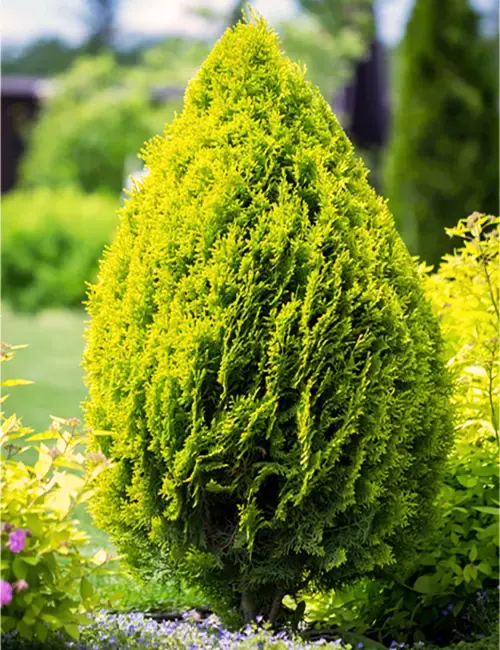
Common Name: American Arborvitae
Botanical Name: Thuja occidentalis
Family: Cupressaceae
Lumber
It is valued for its lightweight nature, ease of working, and resistance to decay and insects. The wood is often used for interior millwork, trim, paneling, and crafting due to its straight grain and fine texture. It has a pale yellow to light brown color and a pleasant fragrance.
Read more about American Arborvitae Lumber
Plant Type
The American Arborvitae is an evergreen coniferous tree. It belongs to the cypress family and is known for its tall, slender stature and graceful branches. It is widely cultivated for ornamental purposes, making it a popular choice among homeowners and landscapers alike.
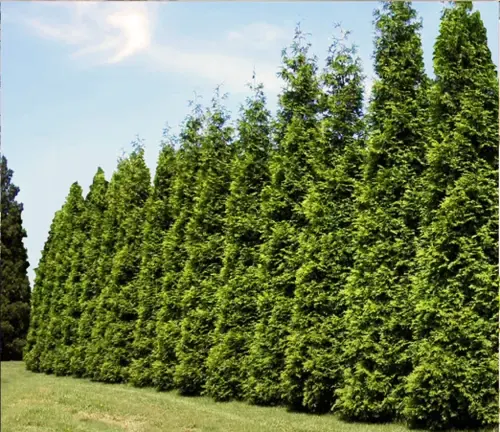
Mature Size
When fully grown, the American Arborvitae can reach heights of 30 to 60 feet (9 to 18 meters) with a spread of 10 to 15 feet (3 to 4.5 meters). Its elegant pyramidal shape and dense foliage make it an excellent choice for privacy screens, windbreaks, and accent plantings.
Soil Type
American Arborvitae prefers well-draining soil that is slightly acidic to neutral. It thrives in a variety of soil types, including loam, clay, and sandy soils.

Hardiness Zones
This resilient evergreen is well-suited to a wide range of climates and can be found growing in hardiness zones 2 to 7. It can withstand cold temperatures, making it a popular choice for northern regions.
Growth Rate
American Arborvitae is considered a slow to medium-growing tree. It typically grows between 1 and 2 feet (30 to 60 centimeters) per year under favorable conditions. However, it may take several years to reach its full height.
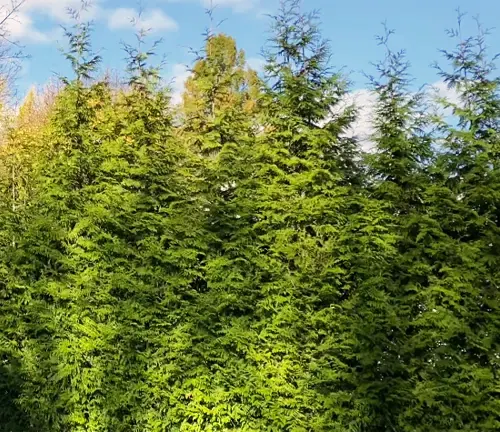
Sun Preference
While the American Arborvitae can tolerate partial shade, it thrives in full sun. Providing it with at least 6 hours of direct sunlight each day will promote optimal growth and vibrant foliage.
Soil Preference
As mentioned earlier, American Arborvitae is adaptable to various soil types. It performs best in moist, well-drained soil but can tolerate a wide range of soil conditions.
Attributes
The American Arborvitae boasts numerous appealing attributes. Its dense foliage consists of scale-like, evergreen leaves that retain their vibrant green color throughout the year. The foliage emits a pleasant fragrance when crushed, adding to its appeal. Moreover, this tree’s elegant form and year-round visual interest make it a popular choice for adding structure and beauty to any landscape.
Wildlife Value
The American Arborvitae offers valuable wildlife habitat. Its dense foliage provides shelter and nesting sites for birds, while its fruits, known as cones, serve as a food source for various bird species. Additionally, the dense foliage also offers protection for small mammals.
Native Area
The American Arborvitae is native to eastern Canada and the northeastern United States. It can be found growing naturally in areas such as Ontario, Quebec, and the New England states.
Care
Caring for American Arborvitae is relatively straightforward. Here are some key care tips:
- Water regularly, especially during dry spells, to keep the soil moist but not waterlogged.
- Apply a layer of mulch around the base of the tree to conserve moisture and suppress weed growth.
- Prune as needed to maintain the desired shape and remove any dead or damaged branches.
- Fertilize in early spring with a balanced slow-release fertilizer to promote healthy growth.
Benefits
American Arborvitae offers a range of benefits, including:
- Privacy and screening: With its dense foliage and tall growth, it is an excellent natural screen for creating privacy in your yard.
- Windbreak: Planted in rows, the American Arborvitae forms an effective windbreak, protecting your garden or property from strong winds.
- Ornamental beauty: Its graceful form and evergreen foliage add beauty and visual interest to any landscape throughout the year.
- Environmental benefits: Like other trees, the American Arborvitae contributes to air purification by absorbing carbon dioxide and releasing oxygen.
Invasive
The American Arborvitae is not considered invasive. It is a native species and is well-behaved in its natural habitat. However, it’s always important to plant native species in appropriate locations to prevent the spread of non-native invasives.
Lifespan
Under favorable conditions, the American Arborvitae can live for several decades. Some well-cared-for trees have been known to survive for over 100 years. Proper care, including regular watering, pruning, and protection from pests and diseases, can help maximize its lifespan.
Disadvantage
While American Arborvitae has many advantages, it’s worth noting that it may be susceptible to certain pests and diseases. Additionally, if not properly pruned and maintained, it can become susceptible to damage from heavy snow loads or strong winds.
Edible or Not
The American Arborvitae is not typically consumed as a food source. Its foliage and cones are not considered edible for humans. However, as mentioned earlier, the cones do provide a food source for various bird species.
Habitat Requirements
American Arborvitae thrives in moist habitats, particularly in low-lying areas near streams, swamps, or bogs. It can tolerate a wide range of soil types and is adapted to survive in both sunny and partially shaded environments.
Name Origin
The name “Arborvitae” is derived from Latin, meaning “tree of life.” This name was given to the plant due to the medicinal properties attributed to its leaves by indigenous peoples of North America.
Fun Facts
- Native American tribes used American Arborvitae leaves to create a tea with alleged medicinal properties.
- The foliage of the American Arborvitae was commonly used by early settlers as a natural insect repellent.
- This tree’s wood is highly valued for its durability and resistance to rot, making it suitable for outdoor applications such as fence posts and shingles.
Characteristics:
Some notable characteristics of the American Arborvitae include:
- Pyramidal shape: The tree grows in a distinctive pyramid shape, with a narrow top and wider base.
- Scale-like foliage: The leaves of the American Arborvitae are small, scale-like structures that overlap each other, giving the tree its characteristic dense foliage.
- Evergreen: This tree retains its vibrant green foliage throughout the year, adding color and beauty to the landscape, even in winter.
Varieties
Several cultivars and varieties of American Arborvitae are available, each offering unique characteristics. Some popular ones include:
‘Emerald Green‘: A compact and narrow variety, perfect for small gardens and hedging.
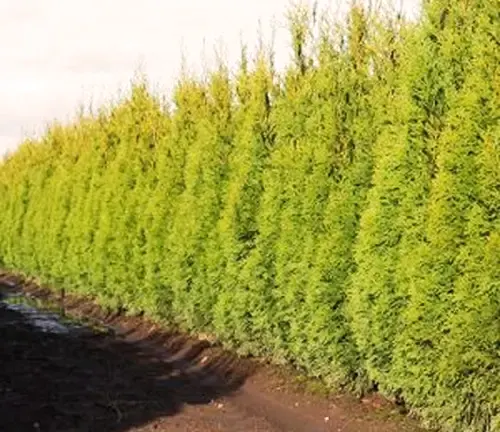
‘Techny‘: A hardy cultivar with excellent winter resistance and a dense, pyramidal shape.

‘Hetz Midget‘: A dwarf variety, ideal for rock gardens or container planting.
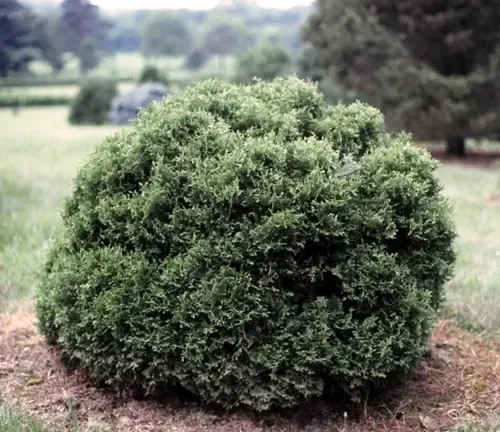
Pruning
Pruning American Arborvitae is essential to maintain its shape and remove any dead or diseased branches. It is best to prune in late winter or early spring before new growth begins. Light pruning throughout the year can also help maintain the desired size and shape.
Propagating
American Arborvitae can be propagated through various methods, including seed germination, softwood cuttings, or layering. Softwood cuttings taken in early summer and treated with rooting hormone have a good success rate. Layering involves bending a low-hanging branch to the ground, wounding it, and covering it with soil until it forms roots.
Common Pests & Diseases
While the American Arborvitae is generally hardy, it can be susceptible to certain pests and diseases, including:
- Bagworms: These caterpillars create bag-like structures made of foliage, damaging the tree if left untreated.
- Cedar-apple rust: A fungal disease that affects various members of the cedar family, including the American Arborvitae. It causes orange or rust-colored lesions on the foliage.
- Spider mites: These tiny arachnids can cause discoloration and defoliation if not controlled.
Frequently Asked Questions
- Can I plant American Arborvitae in containers?
Yes, American Arborvitae can be planted in containers, especially dwarf varieties. Ensure the container is large enough to accommodate the root system, and provide regular watering and appropriate drainage. - How often should I water my American Arborvitae?
Water your Arborvitae regularly, especially during dry periods. Deep, infrequent watering is preferred over frequent shallow watering. - How tall can American Arborvitae grow?
American Arborvitae can reach heights of 30 to 60 feet (9 to 18 meters) when mature, depending on the variety and growing conditions. - Is American Arborvitae deer-resistant?
While no plant is entirely deer-proof, American Arborvitae is generally considered deer-resistant due to its aromatic foliage. However, hungry deer may still browse on it if other food sources are scarce.
Conclusion
The American Arborvitae, with its stately form, evergreen foliage, and adaptability, is a true gem of the North American landscape. From its versatile uses in landscaping to its resilience in various climates, this tree offers numerous benefits. Whether you’re seeking privacy, wind protection, or simply a beautiful addition to your garden, the American Arborvitae is a worthy choice. With proper care and attention, this remarkable evergreen will grace your surroundings for years to come.

John Carlos
Forestry AuthorThe beauty of logging isn't just about felling trees. It's about understanding nature, mastering the art of chainsaws, and respecting the environment. I believe in sharing my experiences and knowledge, ensuring that we move towards a sustainable future together.


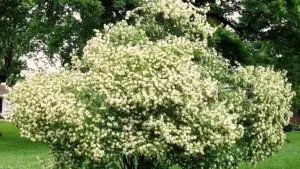


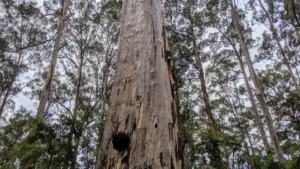

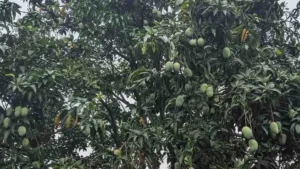




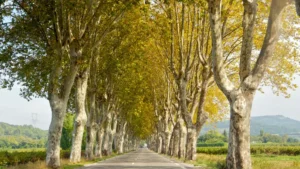
Leave your comment